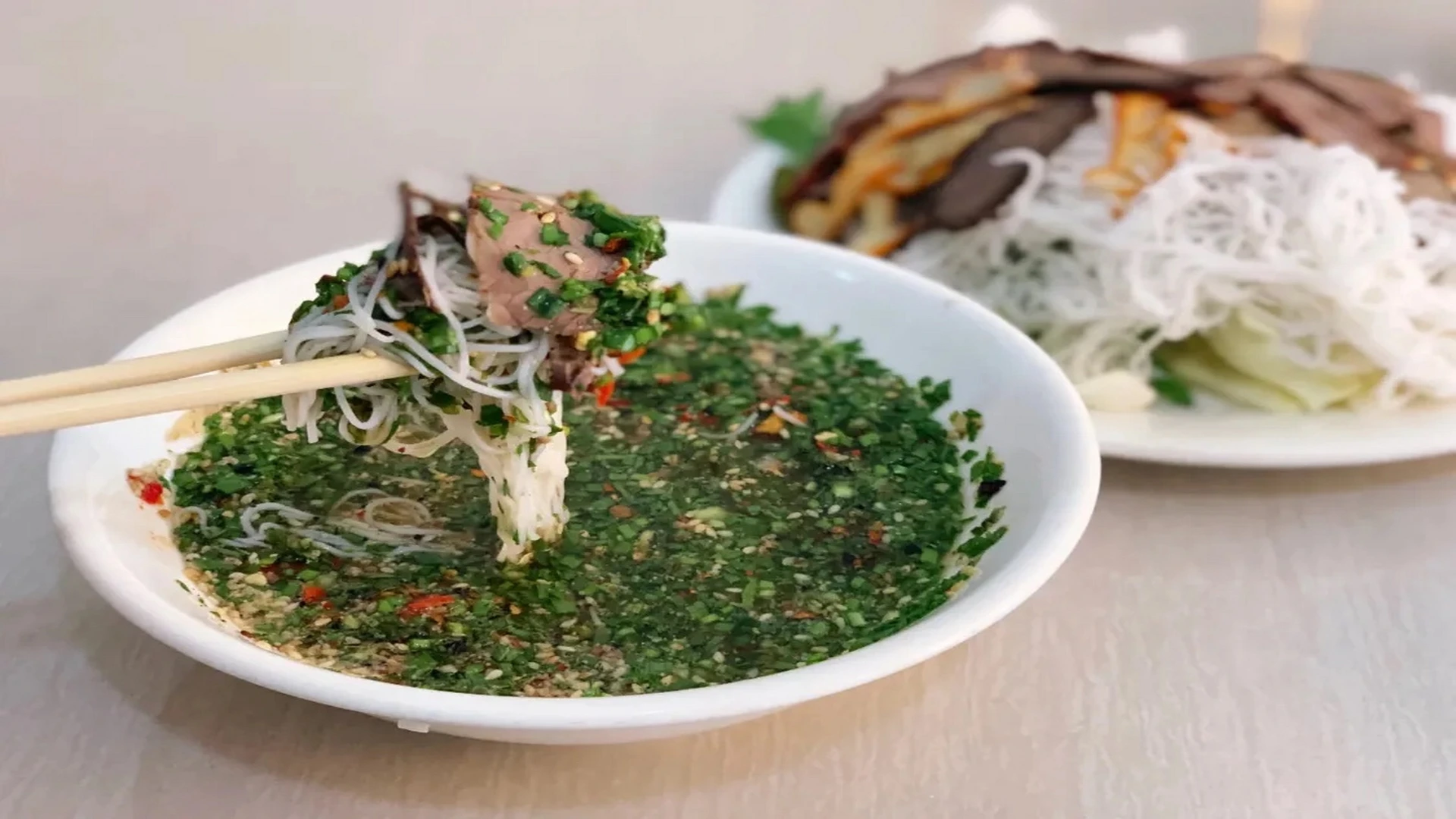The Delectable Dehong Sapi: A Culinary Journey through Yunnan’s Flavors
As a culinary expert deeply rooted in the rich tapestry of Yunnan’s food culture, I am thrilled to introduce you to the Dehong Sapi, a culinary gem from the Dehong Prefecture in Yunnan Province. This dish, with its two distinct flavors—bitter (苦撒) and lemon (柠檬撒)—is a testament to the region’s diverse and vibrant food traditions.
Origins and Cultural Background
The Dehong Sapi, or “sapi” as it is locally known, has its roots in the ethnic cuisine of the Dehong Dai and Jingpo people. Traditionally, it is a dish that is enjoyed during festivals and celebrations, reflecting the region’s agricultural bounty and the importance of community gatherings. The bitter and lemon flavors represent the balance of life’s sweet and sour aspects, a philosophy deeply ingrained in the local culture.
Ingredients and Preparation
The Dehong Sapi is a labor of love, requiring a careful selection of fresh, local ingredients. For the bitter version, the key ingredient is the tender leaves of the bitter fern, which are handpicked and blanched to reduce their astringency. The lemon variant uses fresh lemon juice, which is extracted from locally grown citrus fruits, known for their bright and tangy flavor.
Both versions of the sapi are prepared with a rich broth, traditionally made from simmering beef bones and a variety of herbs and spices. The broth is then strained to achieve a clear, yet flavorful consistency. Additional ingredients include rice noodles, thinly sliced beef or pork, and a medley of fresh vegetables such as bean sprouts, cilantro, and mint.
Texture and Appearance
The Dehong Sapi is a symphony of textures and colors. The rice noodles provide a soft, chewy base, while the thinly sliced meats offer a tender, succulent contrast. The vegetables add a crunchy element, and the broth envelops everything in a harmonious embrace. The appearance is as inviting as the taste, with the vibrant green of the vegetables, the rich brown of the broth, and the subtle interplay of light and shadow from the noodles and meats.
Signature Dishes and Variations
The Dehong Sapi can be enjoyed in two signature ways: the bitter sapi, which is a more traditional and rustic dish, and the lemon sapi, which offers a refreshing and zesty alternative. Both versions can be garnished with chili oil, garlic, and a sprinkle of toasted rice powder, adding a layer of complexity to the already rich flavors.
Culinary Characteristics
The Dehong Sapi is characterized by its depth of flavor and the interplay of textures. The bitter sapi offers a complex, earthy taste that is balanced by the richness of the broth and the freshness of the vegetables. The lemon sapi, on the other hand, is a burst of citrusy freshness that awakens the palate and pairs beautifully with the hearty broth and noodles.
In conclusion, the Dehong Sapi is more than just a dish; it is a culinary experience that encapsulates the essence of Dehong’s culture and cuisine. Whether you prefer the traditional bitter sapi or the innovative lemon sapi, one bite is all it takes to understand why this dish has become a beloved staple in Yunnan’s culinary landscape.
